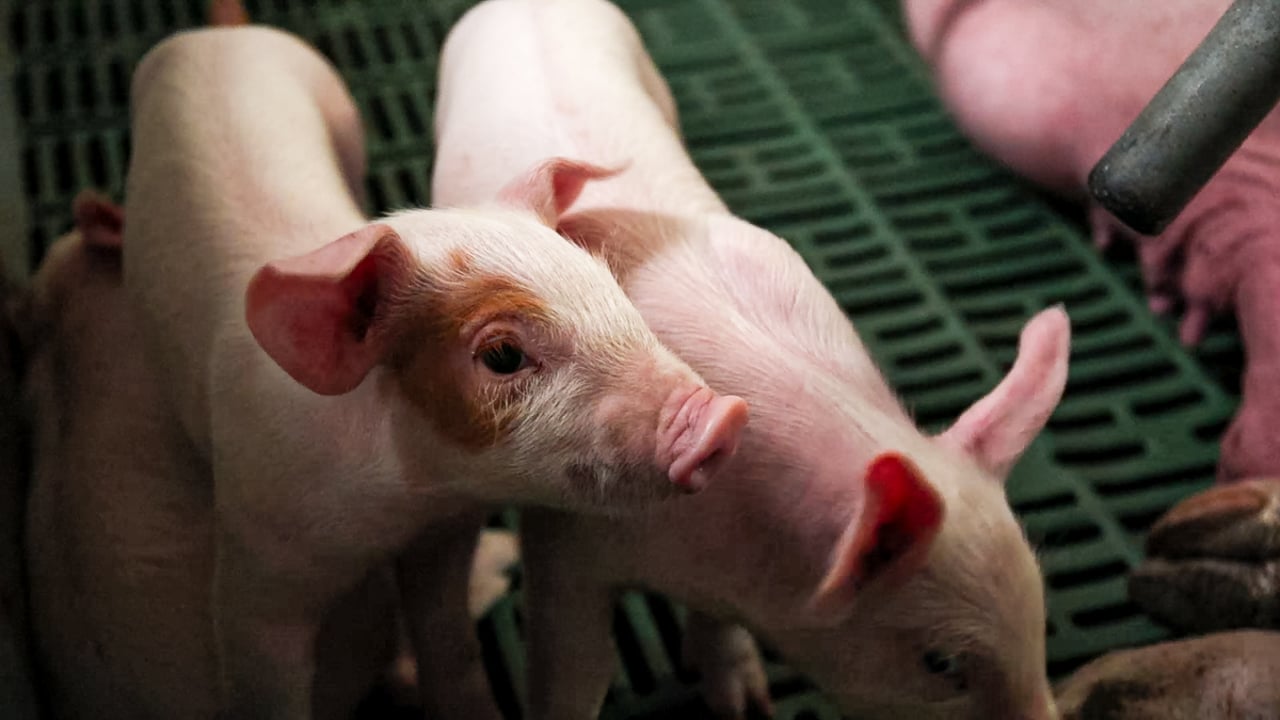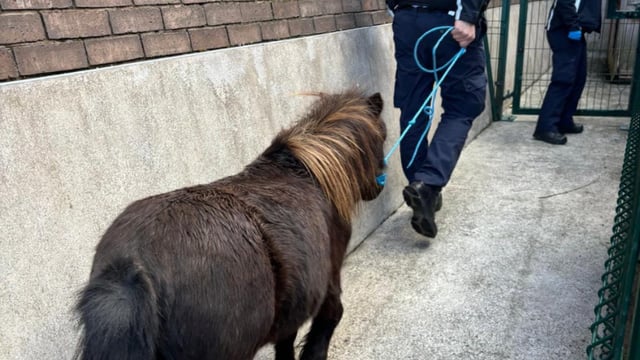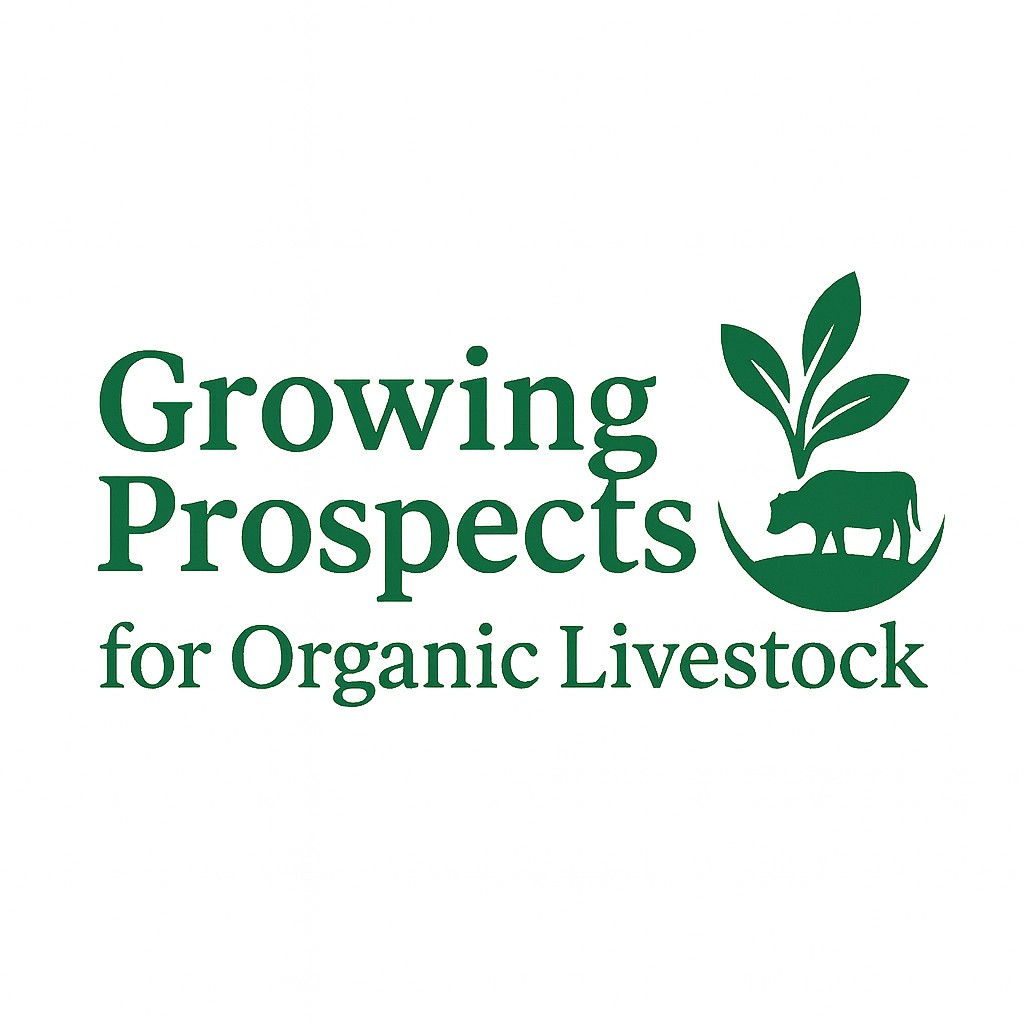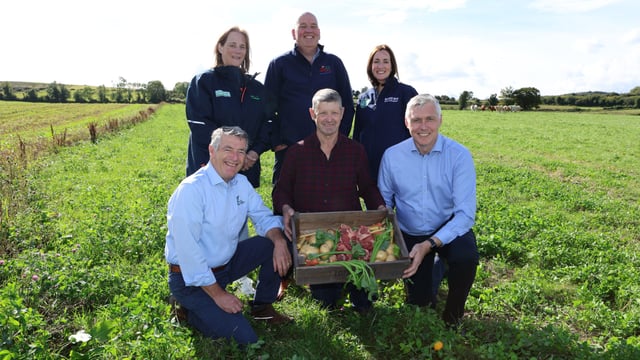Irish and US researchers using AI to improve piglet survival rates
Researchers from the Pig Development Department at Teagasc Moorepark are taking part in an international programme focused on improving piglet survival rates.
The study involving scientists from across the US, Ireland and Northern Ireland will use artificial intelligence (AI) to monitor feeding patterns and enhance husbandry practices.
The work is being funded by the US Department of Agriculture (USDA), the Department of Agriculture, Food and the Marine (DAFM), and the Northern Ireland's Department of Agriculture, Environment, and Rural Affairs (DAERA) as part of the US-Ireland Research and Development Partnership.
According to Teagasc, newborn piglets can face a range of challenges at birth; their low body fat reserves places them in danger of chilling, while their small size compared to the mother places them in danger of being crushed.
Due to the large number of newborns in a litter relative to the number of teats it places them at risk of starvation.
These problems are exacerbated by genetic selection for hyper prolific sows; larger litters are associated with lower individual piglet birthweights and greater weight variation within the litter which is a risk for piglet survival.
Teagasc said that these problems contribute to high pre-weaning piglet mortality which poses economic, animal welfare and ethical concerns.
Dr Edgar Garcia Manzanilla and Dr Laura Boyle from the Pig Development Department at Teagasc and a cross-disciplinary, multi-institution research team are using AI to better understand piglet feeding patterns.
Their goal is to develop solutions to reduce pre-weaning mortality, improve production efficiency, and ensure piglet welfare.
“This is an exciting project particularly as it will allow us to protect piglet welfare in the less-confined farrowing and lactating conditions that offer welfare improvements to sows.
"Such free-farrowing and free-lactation systems are demanded by society and will likely be required under EU legislation in the future," Dr Boyle said.
DAFM awarded Teagasc funding for four years for the proposal “IDEAS Tripartite: Automated Piglet and Sow Monitoring for Early Detection of At-Risk Piglets”.
This project is one of 11 selected for the Inter-Disciplinary Engagement in Animal Systems (IDEAS) program, which supports integrated research and outreach projects focused on precision animal management, the environmental impacts of animal production, and the societal aspects of animal welfare.
The primary goal of the project is to generate robust data to inform sow and piglet husbandry practices and contribute to research in areas such as nutrition science, breeding, lactation biology, applied ethology and animal sciences, including welfare, genetics and genomics.
The international team, or tripartite, led by Dr Madonna Benjamin of Michigan State University, is made up of research leaders from North America, the Republic of Ireland, and Northern Ireland.
They specialise in computer vision, data-driven technologies, sustainable animal production, global food security, farm animal behaviour and welfare, and piglet and sow nutrition.
With research sites in three countries, the team will collect data from farms using diverse husbandry methods, including free-lactation pens.
The research team also includes Dr Llias Kyriazakis and Dr Niall McLaughlin from Queen’s University Belfast and Dr Ramon Muns from the Agri-Food and Biosciences Institute (AFBI) in Belfast.
“Our goal is to capture a ground truth on piglet nursing that will inform not only our own research but also provide a resource for researchers in other disciplines,” Dr Benjamin said.
“Our computer vision capture systems will see nuances that human eyes can’t—each camera will focus on one sow and her piglets 24 hours a day without the distraction of other tasks," she added.






